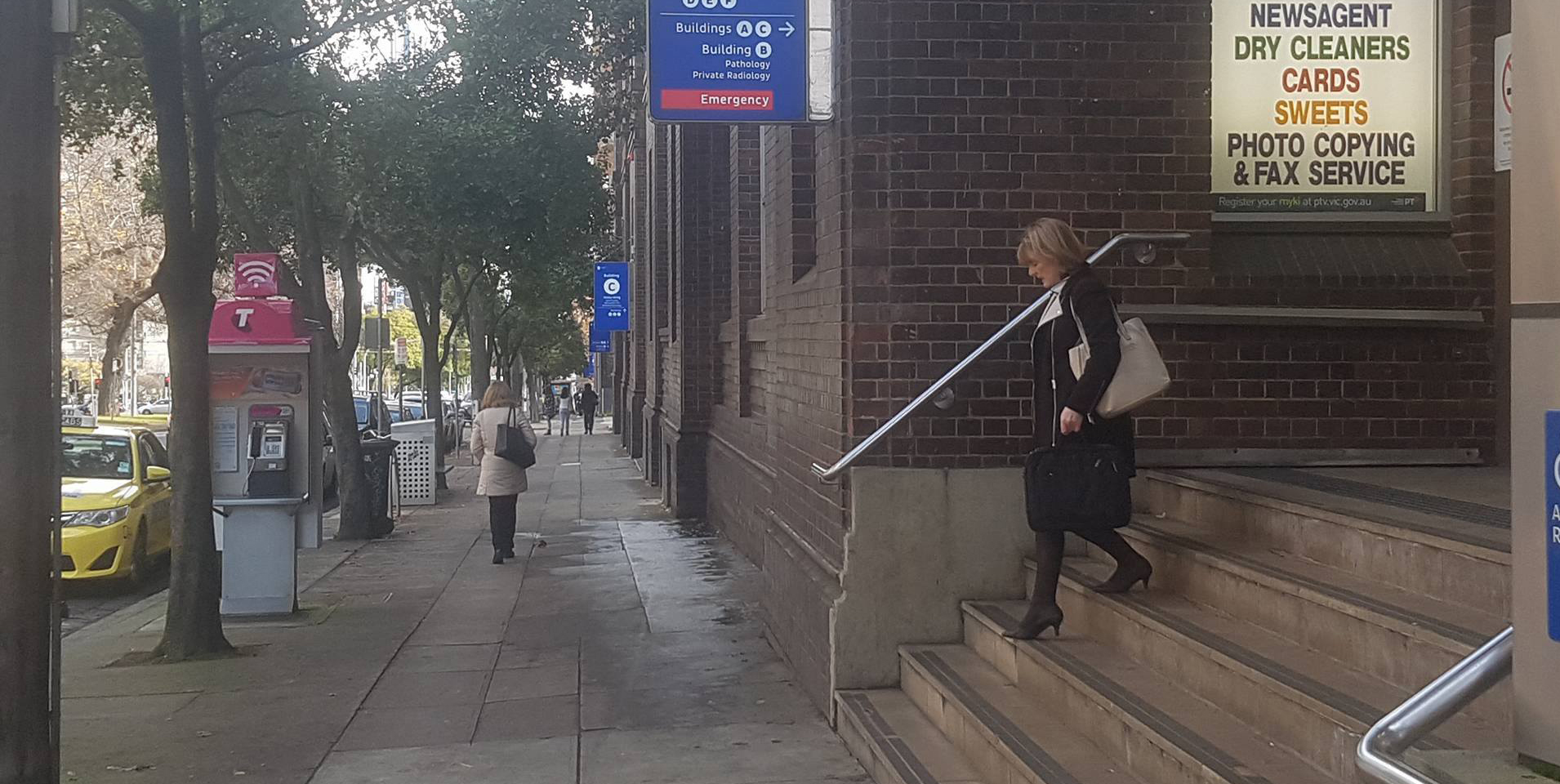
Patient experience (PX) encompasses the range of interactions that patients have with the health care system, including their care from health plans, and from doctors, nurses, and staff in hospitals, primary health and specialist practices, and other health care facilities.
Understanding patient experience is a key step in moving toward patient-centred care. By looking at various aspects of patient experience, one can assess the extent to which patients are receiving care that is respectful of and responsive to individual preferences, needs and values.
Until recently, most literature on patient experience has focused on satisfaction, quality and safety, linking to government measurement of health care performance.
However, what a patient knows and how a patient feels as they make their way through the health system, can have significant impacts on diagnosis, mental health and wellbeing, acceptance of professional advice and procedures, and recovery.
“Our job is to improve the quality of life not just delay death.”
“I entered medicine to use it as a vehicle for social change.”
– Patch Adams
Misdiagnosis, condescension or incorrect information sourced from the internet (or via social groups) can affect a person’s readiness to speak openly about their condition, and engage with health professionals or institutions.
Consider the recent increase in resistance to vaccinations among young mothers. Could the costly and blunt government response have been avoided if health promotion was more effective?
Then there is the traditional referral of patients via general practitioners to specialists and then to hospitals which, inadvertently, undermines patient centricity. The patient is often unaware that they have a choice. Patients are directed to a specialist who directs them to a hospital.
Technology can help patients keep informed and plan their lives (a trip to the doctor can mean a leave pass from work or a baby sitter – real costs for a working family). It can reduce the need for physicians to repeat questions and help them minimise administration costs to focus on what they love: caring for people. Technology can also assist institutions to adapt quickly to change, improve outcomes and respond to government or private sector scrutiny.
However, a plethora of non-integrated systems can frustrate rather than create efficiencies. And consumer concerns over use of their data are real and widespread.
Understanding the challenges; responding with practical approaches
Ellis Jones works across the health spectrum, advising companies and leaders in the primary health (including pharmacy), specialist, hospital, allied health, and residential and in-home care industries.
It has given us a comprehensive view of a person’s engagement with the health sector on their journey across the health and care continuum: from finding health information on the internet (‘Dr. Google’) to planning care and disability support after rehabilitation.
Recently we have been meeting with leaders in the hospital sector to understand all the elements relating to patient experience, the constraints they work within and how they measure outcomes.
At any point in the continuum, we view patient experience in 4 broad domains.
People
- the competency, training, behaviour and motivation of health workers
- the purpose, culture, workforce structure, role diversity of health organisations
- the leadership of key people in each workplace and organisation
Technology
- the devices and applications patients use to find information, book appointments, communicate
- the devices and applications the providers and staff use to administer, guide, diagnose and treat patients, and connect with one another
- the devices and applications the providers use to transact, link to and communicate with other health services and professionals
- the devices that can passively observe and record, or actively seek input from patients (including their own devices)
Knowledge
- the quality, accessibility, readability, comprehensiveness and integrity of communication and materials
- the access to knowledge of best practice diagnosis and treatment
- the level of knowledge a person has about the process, the condition, and the people administering the procedure and care
- the knowledge of physicians, nurses and care staff about a person when they arrive
- the knowledge physicians, nurses and care staff have about common misconceptions and patient empathy
Policy, regulation & systems
- the structure and inter-service links
- the cascading policy, regulation and procedures of government, institutions, teams and individuals
- the measurement systems: from health service to individual performance KPIs and management
- the integrated business systems: accounting, HR, operations, procurement, etc.
At each point along the health and care continuum there are clinical and non-clinical impacts on patient health and wellbeing, and experience.
Society’s health governance focuses heavily on clinical activities and performance – as it should when mistakes can be fatal. However, non-clinical patient experience is subject to only narrow, specific areas of investigation and, as a result, is ripe for innovation.
Confident, well informed patients can assist in diagnosis, make the right decisions, support the health system to do its job and, ultimately, cost the taxpayer less through reduced healthcare needs and greater efficiency of service delivery.
Ellis Jones’ patient experience focus is currently in four areas
- Building a low cost, easily implementable patient-led measurement and experience system – with a ‘bring your own device’ philosophy – that encourages patients to feedback on difference aspects of their experience, as well as access trusted information on their condition, and read and learn from content provided by academic education, entertainment and other partners.
- Developing a purpose-led culture in major organisations by focusing all staff and leadership on the patient outcome. This comprises discovery workshops with different teams, creation of content with patient groups, and purpose and employer brand activation via creative campaigns and the evolution of established communication systems.
- Innovative service design using social research and design thinking methods, supported by web applications and devices, to address gaps in need and expectations, reduce inefficiencies and link the experience across services providers and systems.
- Using hospital, communication and patient experience data to define and communicate the positive impacts of hospitals on patient health and wellbeing – in part, as a response to increasing scrutiny from insurers, patient feedback websites and the media. This work includes stakeholder engagement and brand-led campaigns.


